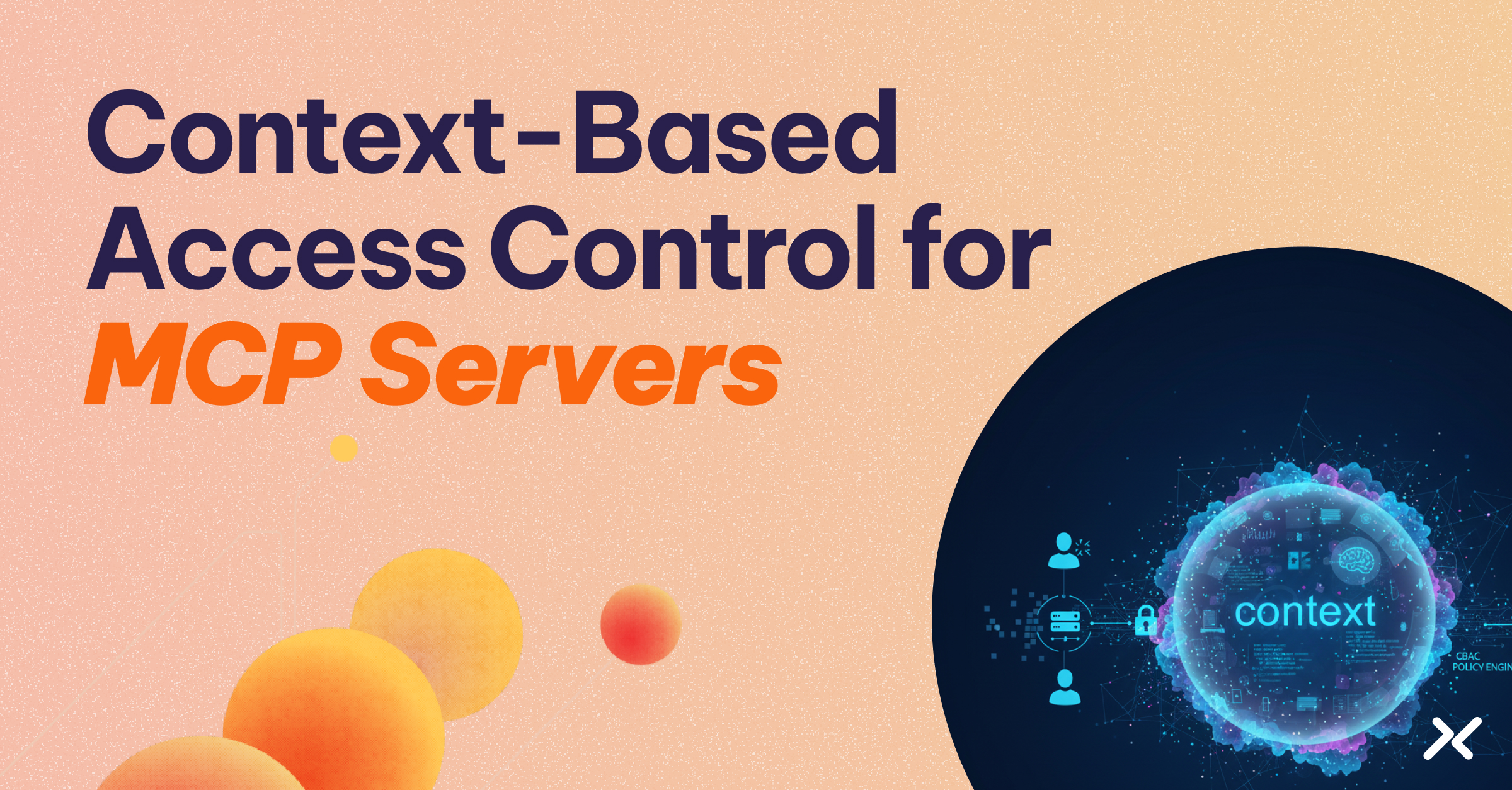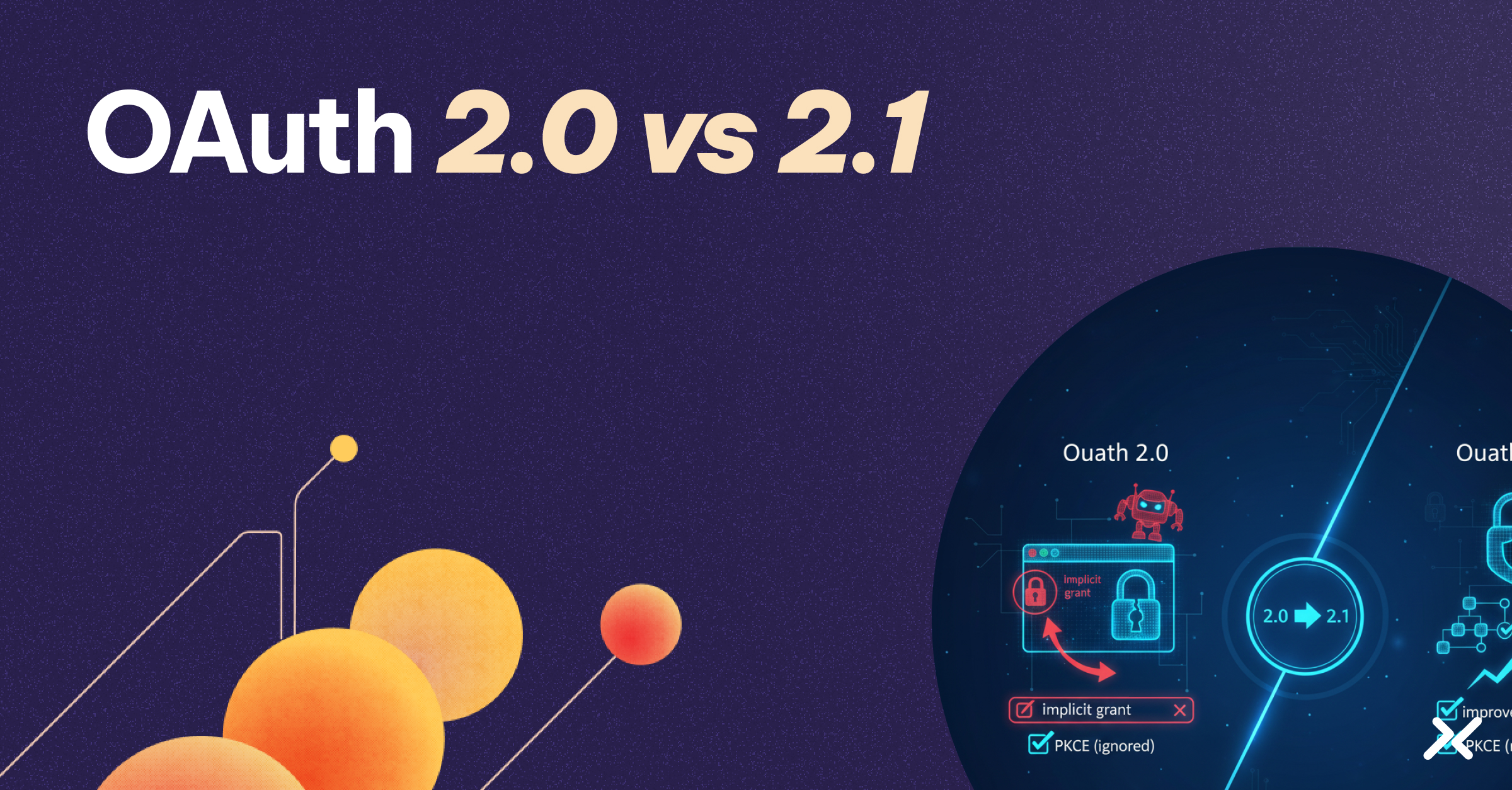As organizations accelerate their cloud adoption, managing sensitive data like API keys, passwords, and certificates has become more complex than ever.
Poor secrets management is a leading cause of data breaches.
The 2025 Verizon Data Breach Investigations Report shows that credential abuse (use of stolen or compromised credentials) is cited as the initial attack vector in 22% of breaches, making it one of the top two entry points for attackers, alongside exploitation of vulnerabilities.
This guide covers the essential best practices for securing your organization’s secrets in cloud environments, helping you avoid common pitfalls and implement a robust secrets management strategy.
What Are Secrets and Why Do They Matter?
Secrets are any sensitive pieces of information that authenticate, authorize, or encrypt communications between systems. Common examples include:
- API keys and tokens for third-party services
- Database credentials for application connections
- SSL/TLS certificates for secure communications
- Encryption keys for data protection
- OAuth tokens for user authentication
When secrets are compromised, attackers can access sensitive data, impersonate legitimate users or workloads, or move laterally through your infrastructure.
This makes proper secrets management a critical component of your overall security strategy.
The Hidden Dangers of Poor Secrets Management
Before diving into solutions, it’s important to understand the specific risks that poor secrets management creates for your organization. These dangers go beyond simple data breaches — they can impact compliance, operational efficiency, and your ability to scale securely.
Secrets Sprawl Across Your Infrastructure
One of the biggest challenges organizations face is secrets sprawl — when credentials become scattered across multiple locations without centralized oversight. Common places where secrets accumulate include:
- Source code repositories
- Configuration files
- Container images
- CI/CD pipeline configurations
- Developer laptops and workstations
Without visibility into where secrets exist, it becomes nearly impossible to rotate them regularly or revoke access when needed.
Long-Lived Secrets Create Persistent Risks
Static credentials that never expire pose significant security risks. If a long-lived secret is compromised, attackers can maintain access to your systems indefinitely. A recent HashiCorp State of Cloud Strategy Survey found that organizations increasingly recognize the need to upgrade their secrets management strategies due to mounting risks from compromised credentials.
Compliance and Audit Challenges
Regulations like GDPR, HIPAA, and PCI-DSS require organizations to demonstrate proper access controls and maintain detailed audit trails.
Without centralized secrets management, proving compliance becomes a manual, error-prone process that can result in costly violations.
Best Practices for Effective Cloud Secrets Management
The most effective approach to managing secrets in the cloud is to eliminate long-lived secrets entirely.
Whenever possible, rely on Cloud IAM roles within your cloud provider and Workload Identity Federation across trust domains.
These cloud-native capabilities enable workloads to securely authenticate using short-lived tokens, eliminating the need to create, store, or rotate static credentials manually.
All major cloud providers support this model, and when implemented correctly, it dramatically reduces the risk of credential compromise. You can’t leak secrets that don’t exist.
However, there are still situations where workload identity federation isn’t feasible, whether due to legacy systems, vendor limitations, or multi-cloud constraints. In those cases, you need a strong framework for managing long-lived secrets.
1) Manage Long-Lived Secrets with Environment-Level Vaults
When you’re forced to manage static credentials, use a secrets management platform to contain and control them.
While the idea of a single centralized vault sounds appealing, most organizations end up with one vault per environment. This setup helps mitigate risk but introduces operational tradeoffs, such as inconsistent configurations or the need to sync policies across systems.
Despite those challenges, secrets managers still provide important benefits:
- Visibility into secrets usage within each environment
- Policy enforcement to limit unauthorized access
- Audit logging for compliance and investigation
- Scoped distribution to reduce uncontrolled sprawl
Tools like AWS Secrets Manager, Azure Key Vault, Google Cloud Secret Manager, and HashiCorp Vault can support these workflows, but they require careful planning and maintenance, especially across multiple environments.
2) If You Must Use a Long-Lived Credential, Rotate It Automatically
Long-lived secrets introduce persistent risk, especially if they’re forgotten, shared, or embedded in code. If short-lived credentials aren’t an option, you need to automate rotation to reduce the likelihood of exposure.
Automated rotation strategies include:
- Time-based rotation: Rotate credentials on a defined schedule (e.g., every 30 days)
- Usage-based rotation: Refresh secrets after a set number of uses
- Event-driven rotation: Trigger rotation in response to security events or policy violations
Manual rotation is too easy to overlook. Automating this process helps maintain security hygiene and ensures consistent updates across environments.
3) Enforce Least Privilege Access
This best practice refers specifically to human users, such as developers, administrators, and operators, who may need access to secrets for debugging or operational tasks. Apply the principle of least privilege to limit access to only what’s necessary for each individual’s role.
Key strategies include:
- Role-based access control (RBAC) to define permissions for different user roles
- Just-in-time access for elevated privileges during specific tasks or incidents
- Regular access reviews to ensure users don’t retain permissions they no longer need
- Separation of duties to prevent any single person from having overly broad access
For workloads and services, access should be handled through identity-based mechanisms and short-lived credentials, as discussed earlier. This section focuses on reducing risk from human access, which remains a common vector for misconfigurations and exposure.
4) Secure Secret Storage and Transit
Ensure secrets are protected both at rest and in transit using strong encryption:
At Rest:
- Store secrets in encrypted databases or dedicated secret stores
- Use hardware security modules (HSMs) for the most sensitive keys
- Implement proper key management for encryption keys themselves
In Transit:
- Use TLS/SSL encryption for all secret retrieval operations
- Implement certificate pinning where appropriate
- Avoid sending secrets in URLs or log files
Never store secrets in plain text, and ensure that encryption keys are managed separately from the encrypted data.
5) Implement Comprehensive Monitoring and Auditing
Maintain detailed logs of all secrets-related activities to enable security monitoring and compliance reporting:
- Access logs showing who accessed which secrets and when
- Modification logs tracking changes to secrets or access policies
- Failed access attempts to identify potential security threats
- Rotation and expiration events to ensure proper lifecycle management
Set up real-time alerts for suspicious activities, such as:
- Unusual access patterns or volumes
- Access from unexpected locations or IP addresses
- Failed authentication attempts
- Attempts to access secrets outside normal business hours
6) Plan for Multi-Cloud and Hybrid Environments
As organizations adopt multi-cloud strategies, secrets management must work consistently across different cloud providers and on-premises infrastructure:
- Platform-agnostic solutions that work across AWS, Azure, Google Cloud, and on-premises
- Cross-cloud secret replication for disaster recovery and high availability
- Consistent policies regardless of where secrets are stored or accessed
- Hybrid integration that bridges cloud and on-premises environments
Choose solutions that provide APIs and integrations for all the platforms in your technology stack.
Building a Secure Foundation
The most effective secrets management strategy is to avoid long-lived secrets entirely. Cloud-native solutions, such as IAM roles and workload identity federation, make it possible to authenticate workloads without storing credentials, dramatically reducing your risk surface.
That said, not every environment can make the transition immediately. For the secrets you can’t eliminate, it’s essential to manage them with discipline: store them securely, rotate them automatically, scope access tightly, and monitor usage continuously.
As your cloud infrastructure evolves, prioritizing the move to short-lived credentials and tightening control over any remaining static ones will strengthen your security posture, support compliance, and improve operational resilience over time.
The Workload IAM Company
Manage Access, Not Secrets
Boost Productivity, Slash DevSecOps Time
No-Code, Centralized Access Management




